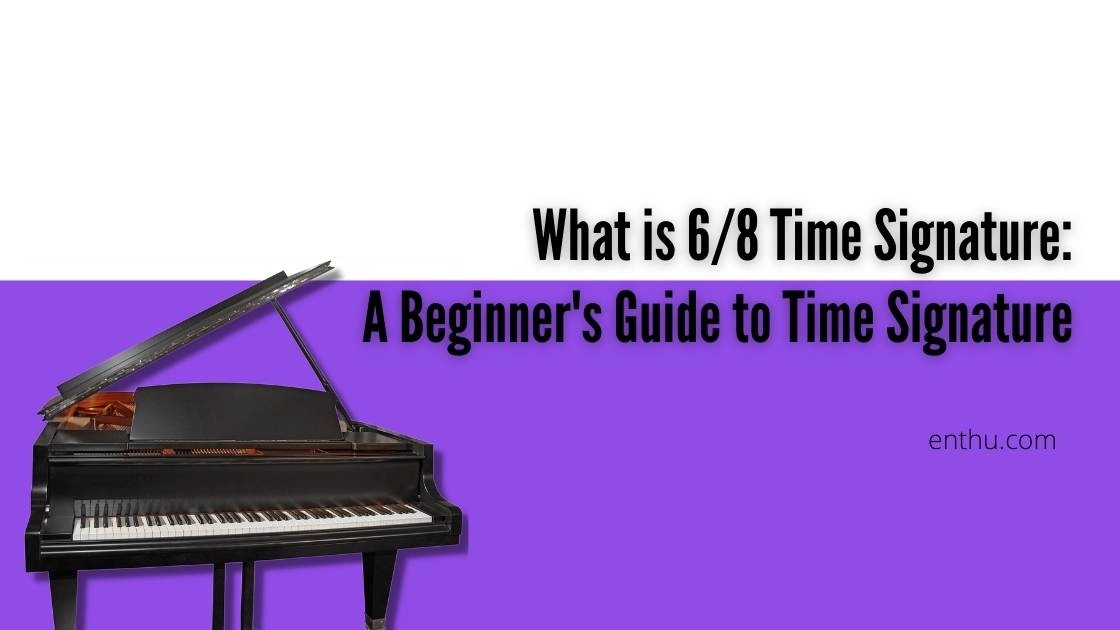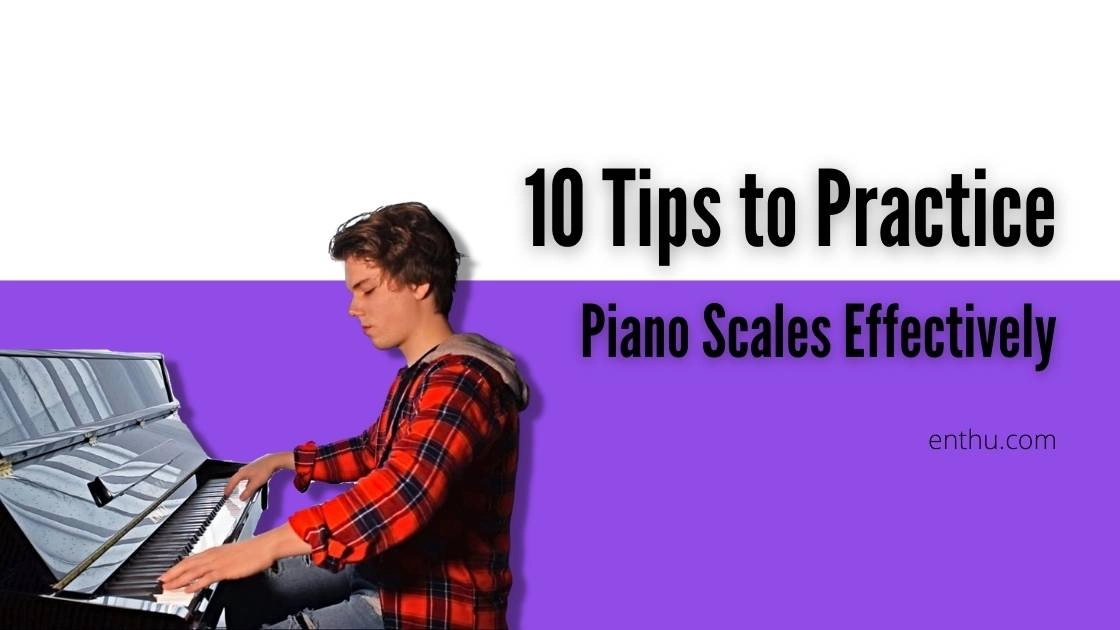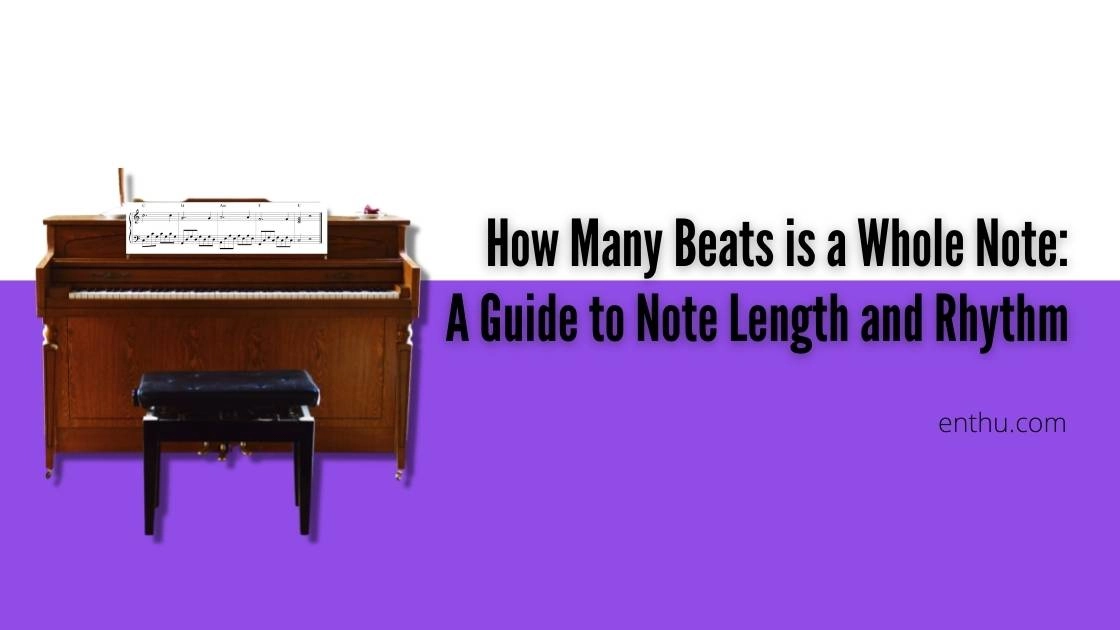The silence between the notes is the most breathtaking moment in the entire music piece. But how does one find the correct position to pause and play? With sheet music.
Learning how to read sheet music faster can improve your piano playing speed and make you a better pianist.
8 Tips to Read Sheet Music
Faster Every piece of music has multiple notations and symbols, all having different meanings.
Reading sheet music help understand them. Sheet music also helps understand key signatures, dynamic markings, time signatures, and piano pedal markings.

These 8 tips will help you improve your sheet reading speed and make you a confident reader.
Tip 1
Start From Basics As a pianist, you must first learn how to read sheet music. For that, you must know about the scales and the notes.

When you master the scales, you understand the notes intuitively. It helps you to play the music seamlessly.
When your base is strong, you can make notations quicker than before. Do not rush to learn everything in one go.
Invest time to learn different symbols and notations. Once you get the hang of it, sheet reading will happen in leaps and bounds.
Tip 2
Recognize The Rhythms And Clefs There are long notes, short notes, eight notes, and so on. Get familiar with them to know the range of rhythmic possibilities.

Try out a range of signature rhythm groups before articulating the nuances. Recognizing the rhythm is a big step toward reading the sheet fluently and fast.
Similarly, there are treble and bass clefs, the two modes of communication at different pitches. The treble or the G clef is higher pitches.
The bass clef or the F clef is the lower pitch. When these both combine, they form the grand staff symbol. It is the most commonly used symbol to notate.
The middle C clef, on the other hand, is the mid-level pitch that bisects the two different clefs. Not only these but there are a lot of other mnemonics that you must know if you want to read sheet music faster.
The best way to learn more about these clefs and mnemonics is theoretically. Once you theoretically understand this entire clef symmetry, recognizing the pitch becomes very easy. It's definitely worth the time invested!
Tip 3
Trust Factor Matters "Achieving excellence is neither swift nor easy." The process of sheet reading comes with a set of hurdles. Still, the process becomes smooth when you trust what you learn. This one tip has brought confidence to many in their musical journey.
When you become aware of your memory, your eyes get fixed on the sheet as you glance at it. The union between the sheet and your eyes only forms with the trust that you put in. With no roadblocks in between, the reading speed increases many folds.
Tip 4
Know The Position And Mark The Transition Differentiate pitch and symbols by learning about stems and flags. The notes and rest have the stems, and flags indicate dotted rests. Keep a steady beat and identify the starting and resting positions.
Knowing them gives you time to prepare for a new set of notes. Mark the transition so that your sheet becomes easy to comprehend. Marking the transition is the same as making notes on a vast topic—use denoting to illustrate what and when the music is occurring.
These two are essential and come in handy to go through some of the broadest scales.
Tip 5
Articulate It Well Until now, we discussed all rhythms and pitches, but how well you articulate them is an equally important part. When you capture the spirit of the slurs, tenuto, staccato, and stave dynamics, you will see the progress in sheet reading.
So, check these to keep the expression intact. It is absolutely fine to miss a beat or two in the process. Similarly, understand the finger uIt will negatively affect you if you do not know which finger to use for which note. Therefore, use correct fingering to be accurate and a fast reader.
Tip 6
Practice in your head Try to memorize the music piece to read a sheet of music faster. Visualizing the music in your mind from start to finish gives you more clarity about the melody.
It also gives you a hint about the music climax. It highlights the patterns which help you in reading the sheet next time. It allows you to fine-tune your accuracy and timing.
Tip 7
Find The Anchor Notes Learning anything for the first time is overwhelming. Instead of getting anxious about it, categorize and break it into smaller chunks.
For example, use simple notes and simple songs. Practice them in a low key and then experiment in different keys. Before you move to chords and other symbols, write down these simple keys, create a music piece of your own, and improvise.
Find your anchor notes. Anchor notes are those which, the moment you see them, you instantly know what they are. You don't need to read them every time. The anchor notes save time and help you build memory by repeating themselves.
Tip 8
Mark Chord Charts and Landmarks It is the most effective tip to follow. If you are one of those who can read chord charts better than music scores, try this tip. Identify the underlying chords so that you know where the melody will strike.
Another way to take note of the position and pitches is the landmark method. Marking a landmark is fixing the situation to certain pitches to figure out the notes faster. It saves you from reading every single notehead. Mark some landmarks on the stave and memorize their position; they will guide you more quickly to the positioned notes around them.
For instance, try to begin with the middle C and then follow the reading course. That is either one step up or down or repeat. These are known as the musical steps. You must also try to read the music notes backward from the landmark note like- C, B, A, G, F, E, and D.
Bonus Tip
Write, Study, and Practice There are invariable ways to read a sheet. As every music piece is unique, so is how you annotate it. The three factors that make sheet reading more convenient are- study, writing, and practice. Study the sheet from beginning to end to get the feel and flair of the unexpected turns.
Enroll in piano lessons focusing on music theory and providing ample practice sessions. Write shorthand that works for you. Highlight it with different colors; even better! Practice every day. Do not wait for any rehearsals or examinations to practice hard.
As a piano student, dedicating your time daily to piano or keyboard will build up your skill and bring newer opportunities. The bottom line is, reading sheet music is like any other skill. The more you practice, the more you adapt, and the better you'll get.


Conclusion
Your Dream Is Just A Music Sheet Away! You
can master music only when you learn it, play it, and practice it daily. The theoretical part of music is essential as fine-tuning a melody. Faster sight reading transforms a music piece from an average to a remarkable music piece.
If you dream of becoming the next Beethoven, perfect your art, read about music, and practice these 8 practical tips to read music sheets faster. With these in place, you will create a legacy of your own. So, which tip do you find the most beneficial? Do share your thoughts in the comment section.
FAQs
1. What is sight-reading?
Sight-reading is reading and playing music at first sight. It requires interpreting the music before converting it into a performance.
2. Do sight reading and sheet reading necessary from an exam point of view?
Yes, both are important from an examination point of view. Examinees are tested based on their ability to read quickly and perform a music piece they saw just moments before.
3. Why is it important to learn to read sheet music faster?
Learning to read sheet music is essential because it speeds up the reading ability. You require less time to learn songs. If you want to play in a choir or a band, you become an accompanist by reading sheet music faster. It's a gift of independence that every musician looks for.
4. How can I memorize sheet music faster?
Practice music at different tempos. Experiment by playing your music in other piano keys. Use your voice to practice the rhythms, dynamics, and piano chord progression
5. Can you share an insider tip to read sheet music faster?
If you have tried all the above tips and are still looking for doable advice, try to cover your keyboard image. Ensure that you refrain from frequently looking at your keyboard notes. Try this quick and straightforward tip and see the result yourself!


Comments